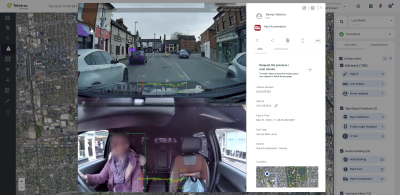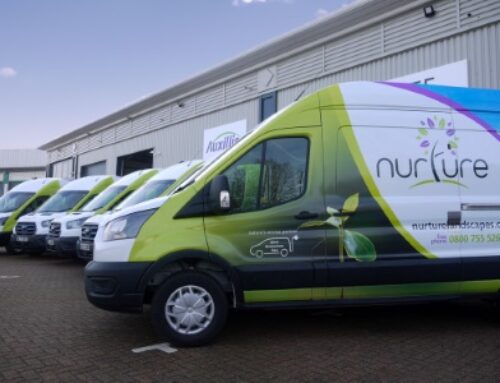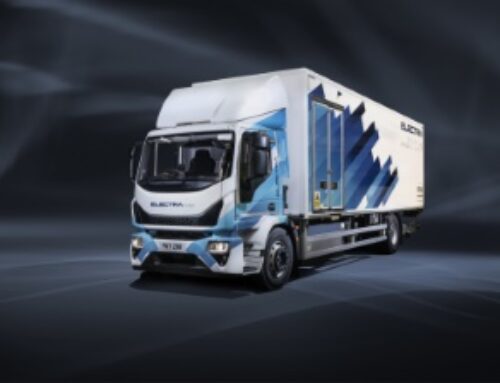Teletrac Navman: rising costs drive shift in fleet management
 New research by Teletrac Navman has outlined fleet operators’ priorities when it comes to the adoption of telematics technology, and the benefits they are reporting as a result.
New research by Teletrac Navman has outlined fleet operators’ priorities when it comes to the adoption of telematics technology, and the benefits they are reporting as a result.
The survey of more than 1,800 global fleet operators also revealed that rising fuel costs (39 per cent), disruption due to the impact of Covid-19 (32 per cent), and supply chain pressure (31 per cent), are the top challenges they currently face.
“The last 12 months have created new complexities for fleets, but fuel cost rises are the number one concern for operators globally,” said Alain Samaha, president and CEO of Teletrac Navman (pictured, right).
“As the cost per gallon of fuel spiked throughout last year, many operators looked to overcome the rising costs with driver behaviour programs and EV transition plans.”
With rising fuel costs and the global response to reducing all forms of carbon emissions building momentum, fuel conversion (23 per cent) remains a key challenge with EV supply, the survey suggests, alongside purchase price, and charging infrastructure concerns. A third (32 per cent) of respondents said that the conversion to next generation fuels is one of their largest areas of expense (second to purchasing new vehicles).
Over the course of 2023, fleets are looking to make investment in expanding their offering through technological integrations (48 per cent), while also using technology to aid compliance (39 per cent). Improving customer experience (39 per cent) and recruiting and retaining drivers (31 per cent) were also high on the list of planned investment for the next 12 months.
 In terms of emerging technologies, fleets are focusing on implementing more digital workflows (39 per cent) and video telematics (38 per cent), as they seek to increase efficiency and manage the top three fleet business costs (fuel, payroll, and maintenance).
In terms of emerging technologies, fleets are focusing on implementing more digital workflows (39 per cent) and video telematics (38 per cent), as they seek to increase efficiency and manage the top three fleet business costs (fuel, payroll, and maintenance).
Nearly all (98 per cent) respondents said they were using either a sourced or manufacturer-provided telematics solution across their fleet. While vehicle tracking (43 per cent) was the number one reason for utilising telematics, managing driver performance (33 per cent) was the next priority, followed by use for proof of service/job completion (32 per cent), and monitoring fuel usage (30 per cent) in tough economic conditions.
Improved driver safety (37 per cent) was the biggest reported benefit of using telematics, with nearly a quarter (24  per cent) stating it helped prevent fatigue on the road. Moreover, 89 per cent of those surveyed used telematics to benchmark behaviour, with 91 per cent also seeing a reduction in accidents and 24 per cent implementing new driver behaviour to help navigate the high fuel costs.
per cent) stating it helped prevent fatigue on the road. Moreover, 89 per cent of those surveyed used telematics to benchmark behaviour, with 91 per cent also seeing a reduction in accidents and 24 per cent implementing new driver behaviour to help navigate the high fuel costs.
With 31 per cent of global fleets concerned about increasing wage demands in a cost-of-living crisis, 37 per cent are using benchmarking to provide performance-based bonuses in a bid to retain drivers.
“Driver performance benchmarking is a great method of inspiring drivers to perform better and safer on the road,” said Mayank Sharma, head of global product management and UX (pictured, right).
“And with the growth in mobile applications it has never been easier for drivers to see how they are performing against targets and peers. In fact, 40 per cent of our respondents say that implementing telematics has helped to build a safe driving culture within their organisations.”










